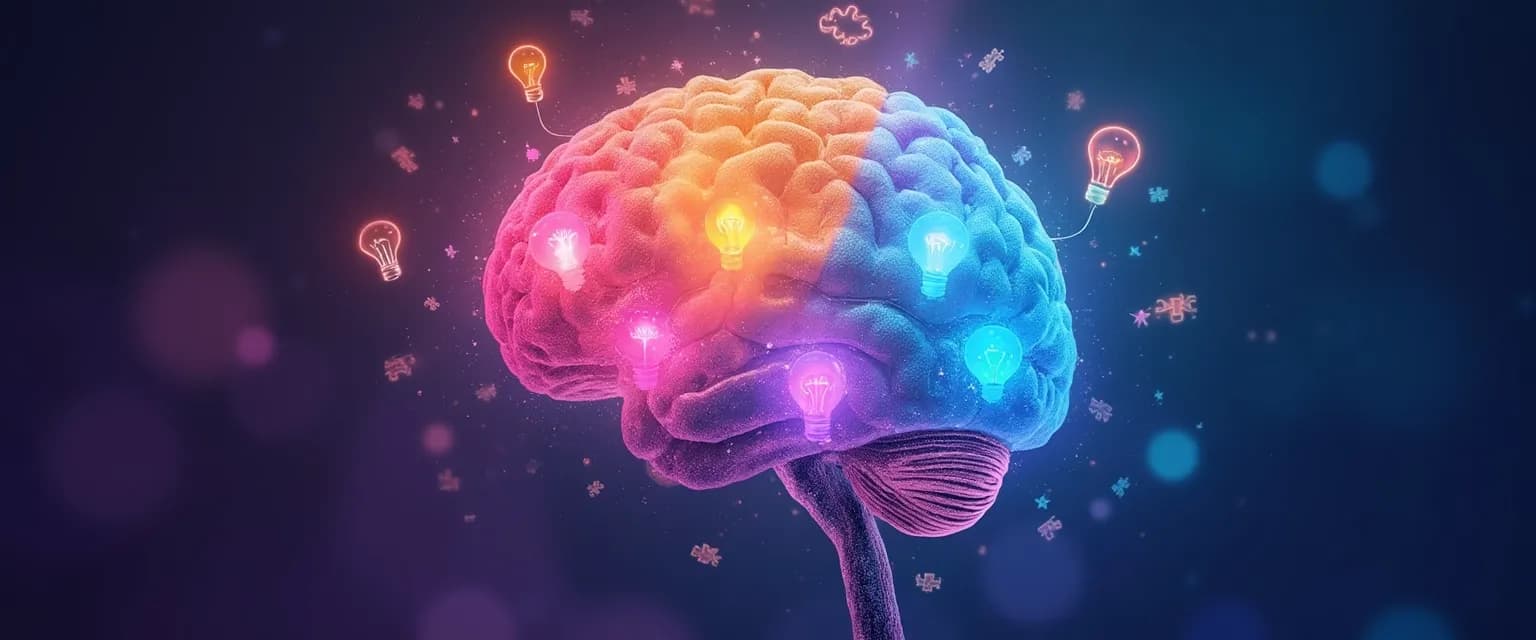7 Powerful States of Mind That Boost Creativity and Problem-Solving
Ever noticed how your best ideas seem to arrive when you're not actively chasing them? Those magical moments when solutions appear while showering or walking reveal an important truth: certain states of mind boost our creative abilities significantly. These distinct mental states unlock our problem-solving potential in ways our everyday thinking simply cannot match.
Most of us struggle to access optimal states of mind when facing challenges. We force solutions through sheer willpower, unaware that intentionally shifting our mental state might be the key. Research shows that specific mental patterns and approaches can dramatically enhance our creative thinking. The good news? These powerful states of mind aren't reserved for artistic geniuses – they're accessible to everyone with the right techniques.
Learning to recognize and intentionally shift into these productive mental states gives you a tremendous advantage when tackling complex problems or creative blocks. Let's explore the seven states of mind that science has shown to be particularly effective for boosting creativity and innovative thinking.
The 7 Essential States of Mind for Unlocking Your Creative Potential
Each of these states of mind offers unique benefits for different aspects of the creative process. Learning to access them intentionally transforms your problem-solving abilities.
1. Flow State
This immersive mental state occurs when you're completely absorbed in an activity, losing track of time and self-consciousness. In flow, creativity emerges effortlessly as your brain accesses deeper neural connections. To enter flow, choose challenging-but-achievable tasks and eliminate distractions. This powerful state of mind produces your most innovative work.
2. Curious Mindset
Embracing curiosity means approaching problems with genuine wonder rather than frustration. This state of mind opens new pathways by questioning assumptions and exploring unconventional angles. Practice asking "What if?" and "Why?" questions to cultivate this productive thinking approach.
3. Playful State
When you adopt a playful state of mind, you release the fear of judgment that often blocks creativity. This mental state encourages experimentation and embraces "failure" as valuable feedback rather than a threat. Try approaching problems as games with flexible rules to access this creative mindset.
4. Mindful Awareness
This state of mind involves present-moment focus that clears mental clutter. By observing thoughts without attachment, mindfulness creates space for fresh insights to emerge. Even brief mindful moments can reset your thinking patterns when you're stuck.
5. Relaxed Alertness
This balanced state combines calm with attentiveness – you're relaxed yet mentally sharp. It's often experienced during walks in nature or light exercise. This state of mind facilitates the brain connections that lead to "aha!" moments when solving complex problems.
6. Associative Thinking
In this mental state, you connect seemingly unrelated concepts, finding patterns and relationships others miss. It's particularly valuable for innovative problem-solving. Deliberately practice finding links between random objects or ideas to strengthen this creative state of mind.
7. Open Awareness
This expansive state of mind extends perception beyond conventional boundaries. You notice subtle details and possibilities typically filtered out by your brain. Practices like meditation and nature immersion help develop this receptive mental state that captures inspiration from unexpected sources.
Practical Techniques to Shift Your State of Mind When Creativity Stalls
Knowing these optimal states of mind is one thing – accessing them when needed is another. These practical techniques help you intentionally shift your mental state when facing creative blocks:
Pattern interrupts quickly reset your thinking. When stuck, change your physical position, environment, or activity for just 5-10 minutes. This simple shift breaks unproductive mental loops and creates space for new states of mind to emerge.
Environmental adjustments significantly impact your mental state. Create dedicated spaces that signal your brain it's time for creative thinking. Even small changes like different lighting or background sounds can facilitate specific states of mind for problem-solving.
Movement transitions help shift between different mental states. Brief physical activities – stretching, walking, or dancing – change your neurochemistry and activate different brain regions. This makes movement one of the most reliable tools for accessing creative states of mind.
Learn to recognize which state of mind serves different creative challenges. Flow works for executing ideas, while curiosity excels at exploring problems. Matching your mental state to the specific creative task dramatically improves outcomes.
Remember that mastering these various states of mind takes practice but yields tremendous rewards. By intentionally shifting into these optimal mental states, you'll unlock creative solutions that remain hidden to those stuck in conventional thinking patterns. The next time you face a challenging problem, try accessing one of these seven states of mind and watch as new possibilities emerge.




